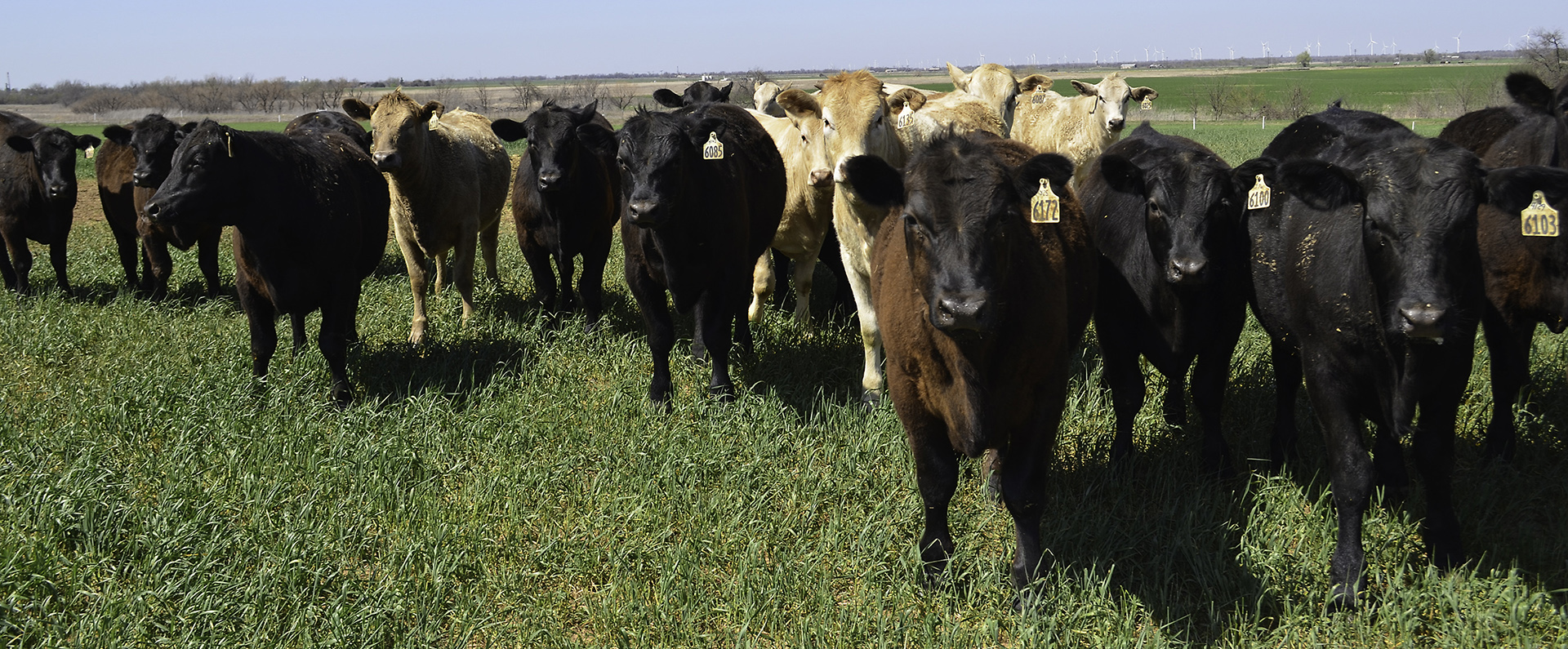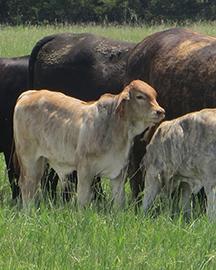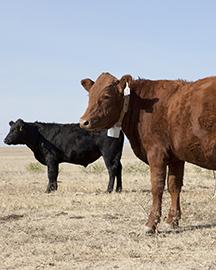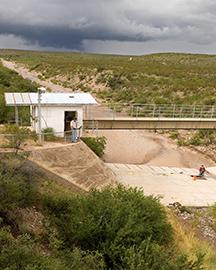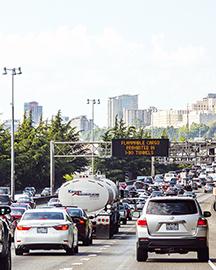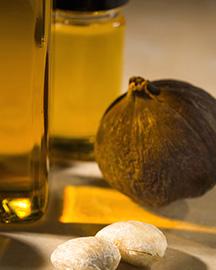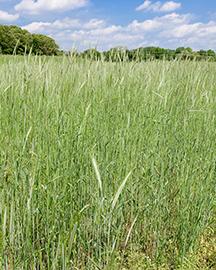Adjusting Cattle Grazing Schedules Increases Profits And Range Sustainability
Ranchers have traditionally moved their cattle from the rangeland to feedlots in October in order to maximize their profits; a decision made based on rangeland conditions at that time of year. However, forecasting that move has become increasingly difficult in recent years due to changes in climate and highly variable precipitation timing and amounts.
ARS scientists in Cheyenne, WY, and Fort Collins, CO, in collaboration with research partners from Argentina and the University of Wyoming, used 15 years of livestock, cattle market data, and climate data (2003-2017) to quantify differences in net revenue based on the date cattle were delivered to feedlots for finishing (attaining their final weight gain before harvest). Researchers discovered that livestock weight gains were negligible from early September until the end of the rangeland grazing season. Thus, sending cattle to feedlots earlier than the traditional timing of October may provide a two- fold benefit – ranchers receive more profits for their animals, and early removal of cattle improves environmental sustainability by leaving more plant cover for the rangeland soils.



